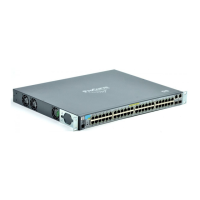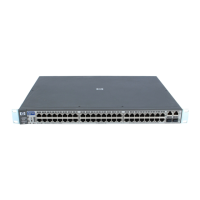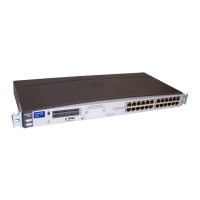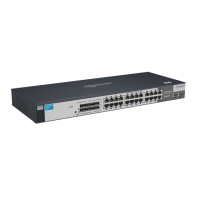Configuring for Network Management Applications
Using SNMP Tools To Manage the Switch
Using the CLI To Enable Authentication Traps.
Syntax: [no] snmp-server enable traps authentication
Enables or disables sending an authentication trap to the
configured trap receiver(s) if an unauthorized management
station attempts to access the switch.
For example:
ProCurve(config)# snmp-server enable traps authentication
Check the Event Log in the console interface to help determine why the
authentication trap was sent. (Refer to “Using Logging To Identify Problem
Sources” on page C-21.)
Advanced Management: RMON
The switches covered in this guide support RMON (Remote Monitoring) on
all connected network segments. This allows for troubleshooting and
optimizing your network. The following RMON groups are supported:
■ Ethernet Statistics (except the numbers of packets of different frame
sizes)
■ Alarm
■ History (of the supported Ethernet statistics)
■ Event
The RMON agent automatically runs in the switch. Use the RMON
management station on your network to enable or disable specific RMON
traps and events.
CLI-Configured sFlow with Multiple Instances
For switches covered in this guide, sFlow can be configured via the CLI for
up to three distinct sFlow instances. Once enabled, an sFlow receiver/desti-
nation can be independently configured for full flow-sampling and counter-
polling. CLI-configured sFlow instances may be saved to the startup configu-
ration to persist across a switch reboot.
Terminology
sFlow — An industry standard sampling technology, defined by RFC 3176,
used to continuously monitor traffic flows on all ports providing network-
wide visibility into the use of the network.
13-25
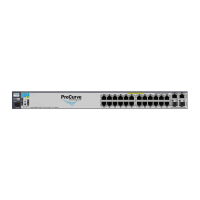
